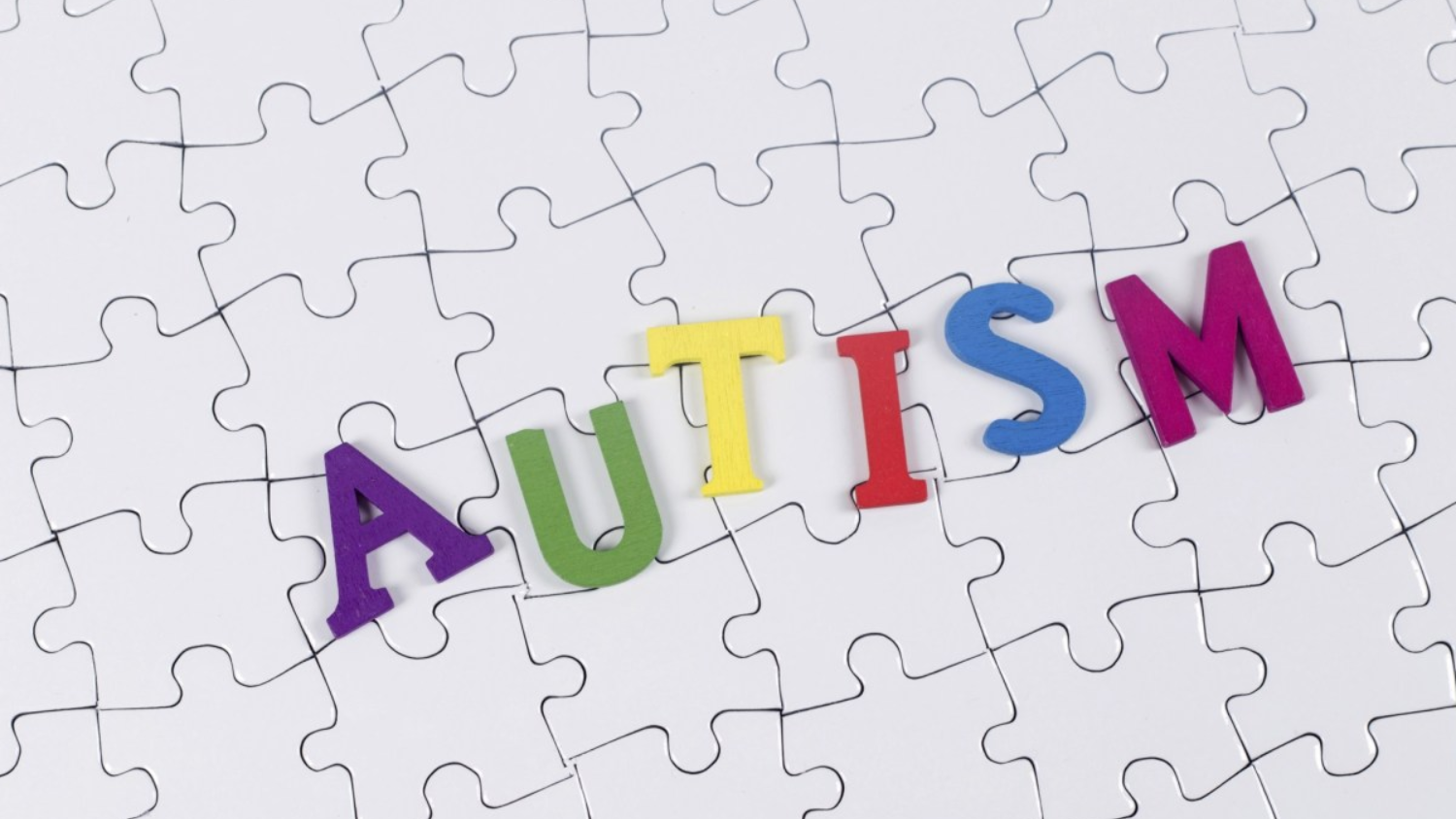Bhubaneswar, Apr 2: Autism, or autism spectrum disorder (ASD), is a complex neuro-developmental condition that typically appears during early childhood and affects social interaction, communication, behavior, and sensory processing. It is characterized by a wide range of symptoms and severity levels, which is why it's referred to as a "spectrum" disorder.
Here are seven effective teaching strategies for children with autism:
Visual Supports: Utilize visual aids such as picture schedules, visual timetables, and social stories to help children with autism understand expectations, routines, and social situations. Visual supports can enhance comprehension and reduce anxiety.
Structured Environment: Create a structured and predictable environment with clear routines and expectations. Consistency and predictability can help children with autism feel more secure and understand what is expected of them.
Use of Special Interests: Incorporate the child's special interests into learning activities to increase engagement and motivation. Tailoring activities to match their interests can enhance their learning experience and promote participation.
Break Tasks into Smaller Steps: Break down tasks into smaller, manageable steps and provide clear, concise instructions. This approach can help prevent overwhelm and support the child in successfully completing tasks.
Provide Visual and Verbal Cues: Offer both visual and verbal cues to support understanding and communication. Use gestures, facial expressions, and simplified language to reinforce verbal instructions and enhance comprehension.
Multi-sensory Learning: Engage children with autism in multi-sensory learning experiences that stimulate different senses such as sight, touch, and hearing. Hands-on activities, interactive games, and sensory materials can enhance learning and retention.
Positive Reinforcement: Use positive reinforcement techniques such as praise, rewards, and tokens to motivate and encourage desired behaviors. Reinforcing positive behaviors can help children with autism understand expectations and build confidence.
Individualized Instruction: Recognize and accommodate the unique strengths, challenges, and learning styles of each child with autism. Tailor instruction and support to meet their individual needs, preferences, and abilities.
By implementing these effective teaching strategies, educators can create inclusive learning environments where children with autism can thrive and reach their full potential.

















































